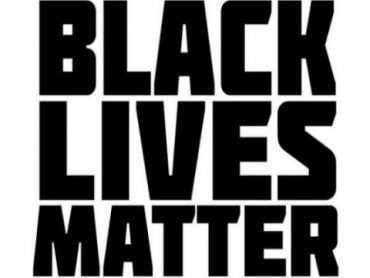
Scores of teachers in the Seattle Public Schools wore “Black Lives Matter” t-shirts on the district’s day of “unity” Wednesday. This was to “highlight problems black students face as a result of institutional racism, such as lower graduation rates and higher suspension rates than white students.”
The event had the blessing of the teachers’ union, and while the district didn’t officially offer an endorsement, it put forth a statement of encouragement:
“We are united in our commitment to eliminate opportunity gaps,” the district said in a statement to WGRZ. “Teachers have a First Amendment right to wear their speech. We respect our teachers’ rights and desire to express themselves.
“T-shirts are a good visual. We hope the message inspires people to do the work on eliminating opportunity gaps.”
“I want everyone to be treated fairly and equally and to have the same opportunity to have a happy life,” said P.E. teacher Stuart Hamilton, who wore one of the t-shirts.
Special Education teacher Janet Dubois shared her experience as a mother after her own son struggled in school and she eventually lost him in a police shooting.
“When our kids are failed, and they have to go to alternative places and end up with their lives hanging in the balance because someone does not care,” she said tearfully.
Garfield senior Bailey Adams, who is African-American, called it a life changing day for her.
“All of my years I’ve been in school, this has never been talked about,” she said. “Teachers have never said anything where they’re going to back their students of color.”
Garfield’s volleyball team, marching band, cheerleaders and Black Student Union have all been taking a knee at various events “in common cause,” according to Rethinking Schools’ Jesse Hagopain.
Day of #BlackLivesMatterAtSchool brings lessons on racism and Central District rallies: Hundreds of… https://t.co/KsmX4uG5eq | @chsfeed pic.twitter.com/xJJTdHAcFe
— Breaking SEA News (@breakingseanews) October 19, 2016
Our objective today: We can learn about social justice. #BlackLivesMatterAtSchool @JessedHagopian #WeShallOvercome pic.twitter.com/atZ6kmc7fb
— Susan DuFresne (@GetUpStandUp2) October 19, 2016
Whoa — was that gentleman in the upper right skewered for the words “All Lives Matter” on his shirt?
And one wonders: Would the school district uphold teachers’ First Amendment rights if they wore shirts that said only “All Lives Matter”? Or if Ms. DuFresne’s lesson on social justice denounced the seemingly innumerable race-oriented programs, workshops, and trainings the district has implemented over the years?
Indeed, Seattle schools have been “highlighting problems black students face” for over a decade now. Back in 2006 the district dealt with controversy over its definition of “cultural racism”:
Those aspects of society that overtly and covertly attribute value and normality to white people and Whiteness, and devalue, stereotype, and label people of color as “other”, different, less than, or render them invisible. Examples of these norms include defining white skin tones as nude or flesh colored, having a future time orientation, emphasizing individualism as opposed to a more collective ideology, defining one form of English as standard, and identifying only Whites as great writers or composers.
Further back still, the district had attempted to address disproportionate discipline rates and the achievement gap by highlighting supposed racial differences, which dabble in stereotypes:
Many African American students bring particular styles of learning, speaking and behaving with them from home — and schools are quick to punish those styles.
Researchers of all races acknowledge that classic classroom rules, established by a predominately white system, reward sitting still, staying quiet and working independently. …
[…] African American students have louder, more direct speaking styles and more physical learning styles, such as preferring hands-on projects rather than sitting through lectures.
African American students often speak to adults more as equals than as authority figures, because that’s the way many speak with their families.
And African American students are frequently more out-front with their emotions. …
“We, as a people, are loud,” (said Jacob Ellis, an African American counselor at Nathan Hale High School).
Much of this was a result of staff training via Glenn Singleton’s infamous “Courageous Conversations” program which utilizes such stereotypes — and which would implicate any white person on the spot. Indeed, this exact incident occurred nine years ago when the head of California’s schools, Jack O’Connell, made use of one of Singleton’s supposed “black characteristics” … and was roundly denounced for it.
The school chief had “offered the example of black children who learn at church that it’s good to clap, speak loudly and be a bit raucous.
“But doing the same thing at school, where 72 percent of teachers are white and may be unfamiliar with such customs,” he said, “will get them in trouble.”
The local chapter of the NAACP said this was “a big put-down” and that O’Connell should apologize.
Just months before, a quartet of the US Supreme Court had ripped these so-called “racial attributes” in the case Parents Involved in Community Schools v. Seattle School District No. 1.
How long will Seattle keep the nonsense going?
MORE: Seattle school board will observe ‘Indigenous Peoples’ Day’ on Columbus Day
MORE: Four arrested for beating HS student who had supported police in BLM argument
MORE: Teacher who angered Black Lives Matter activists is forced into retirement
Like The College Fix on Facebook / Follow us on Twitter
IMAGE: Teacher Dude/Flickr
Like The College Fix on Facebook / Follow us on Twitter

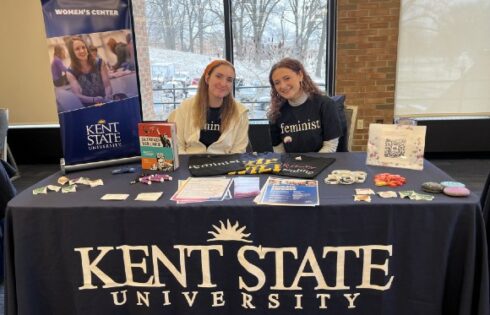
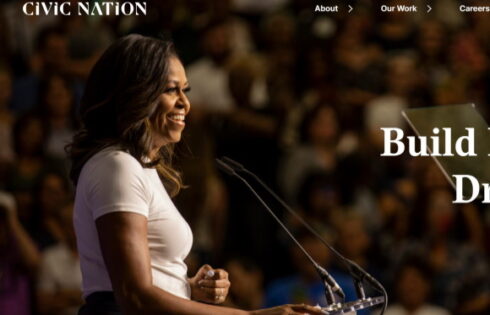
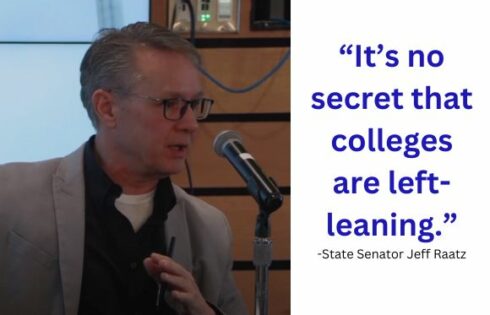

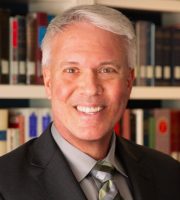
Please join the conversation about our stories on Facebook, Twitter, Instagram, Reddit, MeWe, Rumble, Gab, Minds and Gettr.